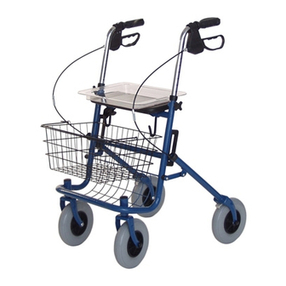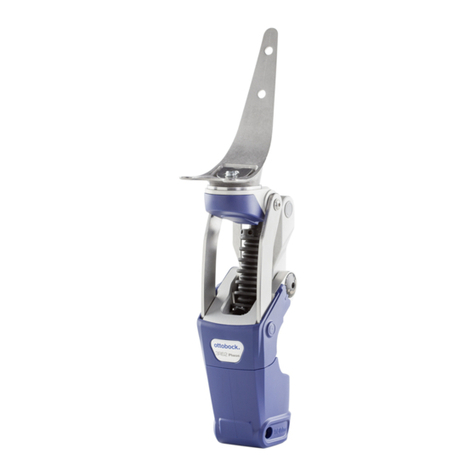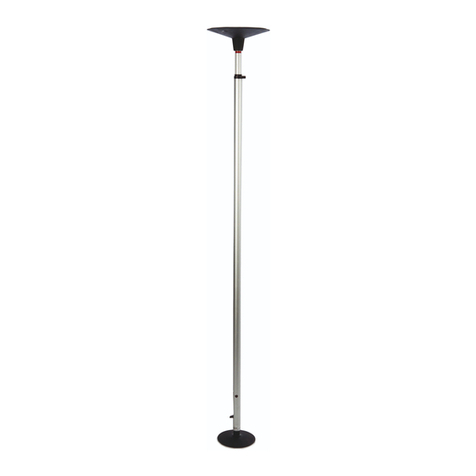
KidWalk/KidWalk II 2
Information: - Date of the last update: 2018-05-08
- Please read this document carefully.
- Follow the safety instructions.
This item should be tted by an experienced clinician or technician. This
document contains important information that must be passed on to the
user at delivery.
Before assessing for the proper positioning of the KidWalk/KidWalk II, ensure
that the user is sitting in the seat and has ample foot contact with the oor to allow
for proper ambulation.
Intended use/restrictions on use
Intended use
The KidWalk/KidWalk II system from Prime Engineering, Inc. is designed to
provide the user with the important benet of independently exploring the environ-
ment through hands-free mobility.
It supports gait training in case of diseases or the consequences of injuries that
involve both a disturbance in the locomotor system and coordination/balance dis-
turbances, even in early intervention.
However, diagnoses that indicate the use of the KidWalk are not limited to the
above and include for instance cerebral palsy, muscular dystrophy, paraplegia,
spinal muscular dystrophy, Downs syndrome, spina bida and many more. Cont-
raindications are not known.
The product is suitable for re-use.
Usage restrictions
• The product is intended for indoor use only.
• Only for use in institutions or facilities for people with disabilities.
• Before using the KidWalk II, check if the doors have a minimum width of
70 cm.
• Use on level surface only.
• The KidWalk is limited to a seat height of 9 – 22” (23 – 56 cm) and a user
weight of 65 pounds (30 kg).
• The KidWalk II is limited to a seat height of 15 – 28" (38 – 71 cm) and a
user weight of 90 pounds (40 kg).
MAINTENANCE
Before each use (including reuse):
Visually check for loose or worn screws and nuts.
Keep moving parts free of dirt and rust to allow for free movement.
All fabrics should be hand washed with mild soap and water. Then allow to air dry.



























